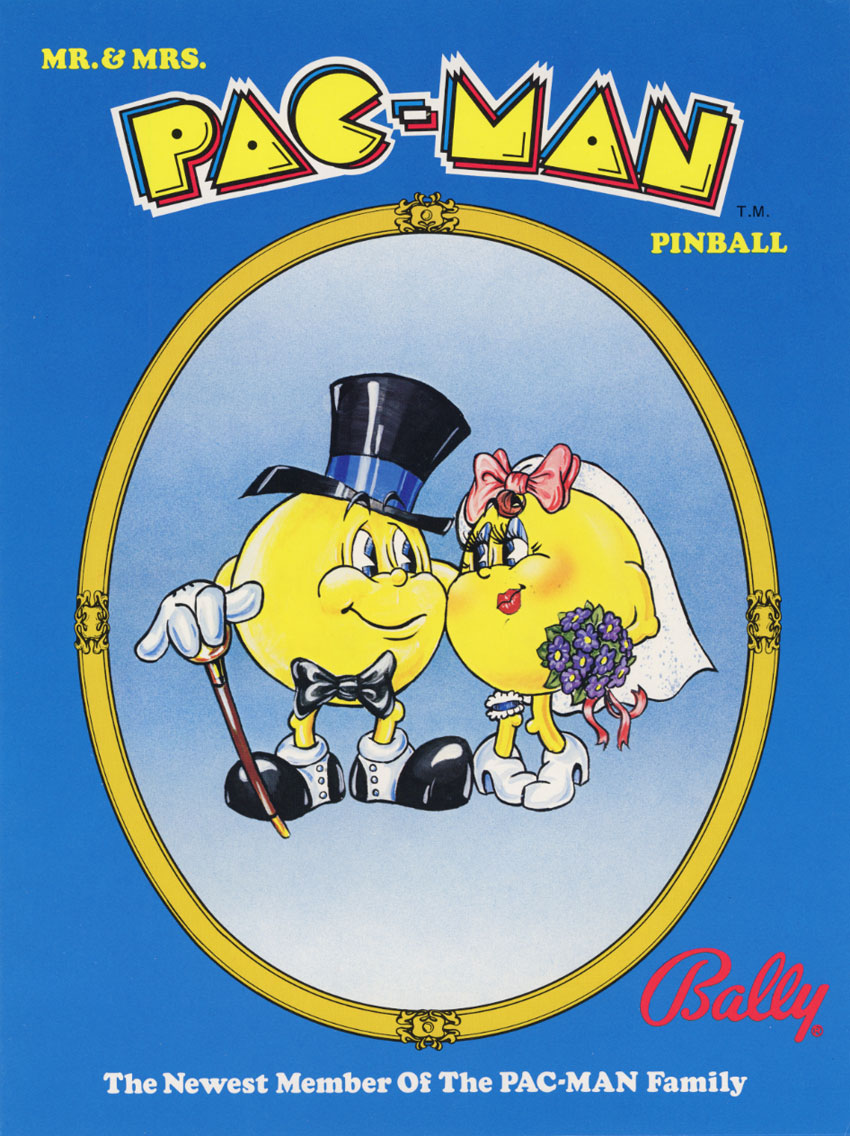

Possible solutions to solve a given problem are also a distinction between the two fields.

This is why some state of the art resource-intensive AI solutions could only be implemented in video games several years after their use in traditional AI. Indeed, the game must run through a console or an “ordinary” computer and it must not be slowed down by AI. For example, an AI algorithm in a game is highly constrained in terms of computing power, memory and execution time. Thus, a high-performance AI that is not well integrated into the gameplay may serve the game more than it will improve it.ĭeveloping an AI for a video game therefore often requires to find engineering solutions to problems that are little or not at all addressed by classical AI research. On the other hand, the development of an AI in a video game aims to create a coherent system that integrates as well as possible into the game design in order to be fun for the player. The main reason behind these differences probably comes from the fact that these two approaches to AI do not really have the same objectives.Ĭlassical AI research generally aspires to improve or create new algorithms to advance the state of the art. Indeed, there were major differences between the two in the knowledge, the problems encountered but also the ways to solve these problems. However, this strong overlap between AI and game system has not always been smooth and, even today, some integrations are deficient.Īt the beginning of the field, there was for a long time a gap between classical AI research and AI actually implemented by developers in video games.

Now, whatever the type of video games (racing games, strategy games, role-playing games, platform games, etc …), there is a good chance that many elements of the game are managed by AI algorithms. Since then, AI and video games are irremediably linked, as AI has become more and more important in game systems. So it quickly becomes necessary to implement AI in video games to be able to generate such behaviors. However, games quickly became more complex and many elements began to exhibit behaviors independent of the player’s actions making the game more interactive, such as ghosts in Pac Man. Since two players were playing against each other, no AI was required in this type of game. Like board games, early video games often featured a confrontation between two players (such as Pong in 1972). This goal of recreating a world as close to reality can be achieved through many different approaches such as improving the behavior of non-player characters (NPCs) or generating content automatically. The main goal of AI in a video game is to make the world portrayed by the game as coherent and humane as possible in order to enhance the player’s enjoyment and immersion.


 0 kommentar(er)
0 kommentar(er)
